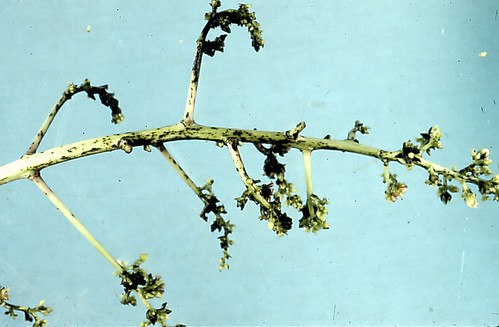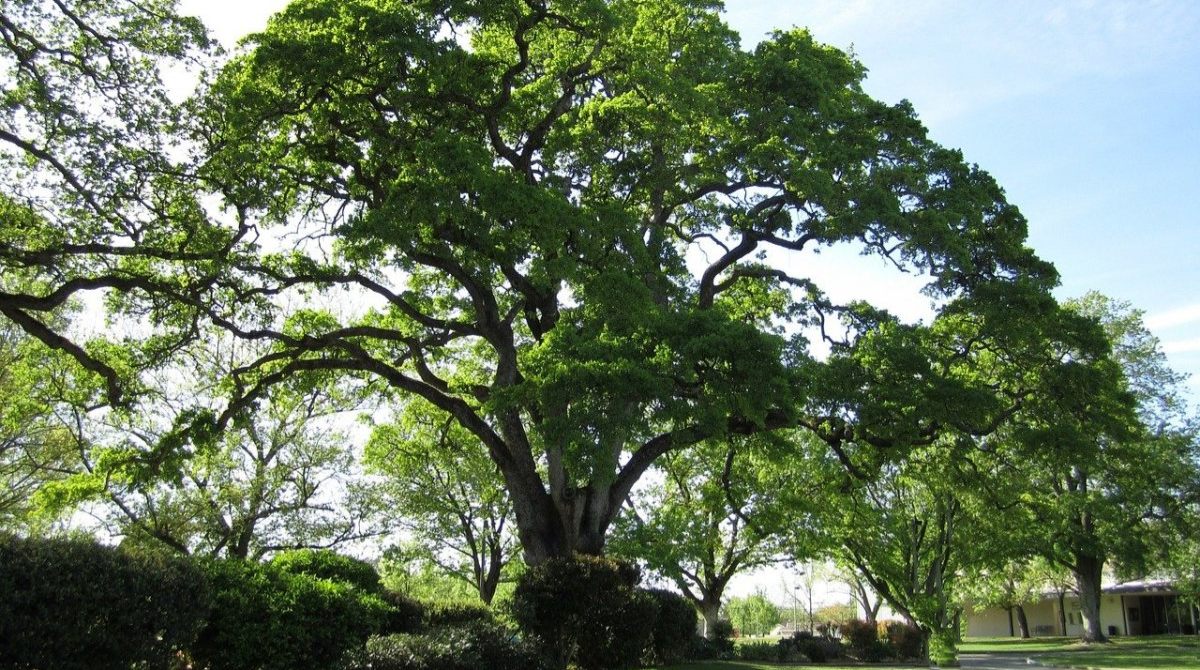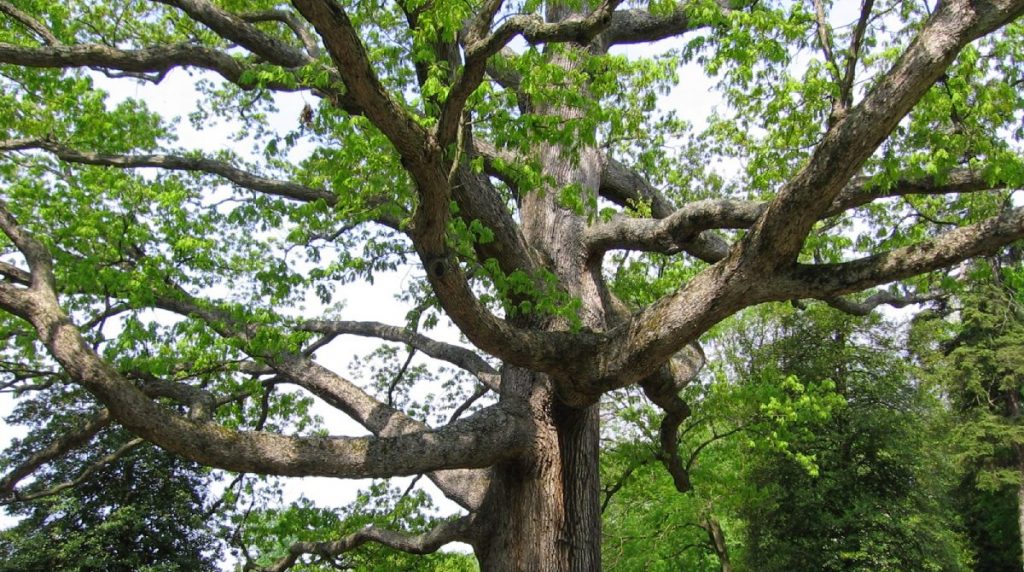
Adapting to Texas Weather: Tree Care Tips for the Unpredictable Dallas Climate
Date June 07, 2023
It’s no secret that the weather in Texas is unpredictable. It’s an environment that’s prone to drought, floods, and storms that can take a toll on anyone’s landscaping, especially trees. So if you want to enjoy plenty of shade and fruit this year, make sure to keep your trees healthy. Read on for our list of expert tree care tips for the Dallas climate.
Pour on the Water
Image via Flickr by shixart1985
Summers in Dallas come with weeks of full sunshine, little rain, and temperatures above 102 degrees Fahrenheit, so most trees require extra watering. Saplings are especially vulnerable to drought and require special attention during peak season. Water the root ball and a bit beyond twice a week — on Monday and Thursday, for example. This practice gives the soil time to dry between applications.
Even mature trees will require more care when rain is scarce, depending on the variety’s specific needs. Many native species, such as the Shumard oak, are drought-tolerant. However, it’s still crucial to prepare for the upcoming heat with a good soaking during spring. Start with 5 gallons of water per caliper inch, then up to 10 gallons once the soil starts to dry out.
Condition the Soil
Dallas’ climate is harsh, and trees living in these conditions need fertilizer to help them grow strong. Without it, they may succumb to diseases and insects that may weaken their structure. Thankfully, conditioning the soil once a year can help ensure a healthy specimen that can thrive through any season’s weather. Applying the proper fertilizer to the root zone will improve moisture retention and aeration while adding nutrients.
Trees get nutrients from the ground, so a healthy root system is vital. Boost a tree’s ability to develop a deeper, more robust root system, bark, and canopy so it’s better prepared to handle environmental stressors such as droughts, floods, storms, and pests. Homeowners can have their soil tested for nitrogen, potassium, and phosphorous. Because Dallas’ soil tends to be iron-deficient, you may want to add that mineral as well to help trees survive extreme weather conditions.
Use Mulch
Drought-damaged trees can suffer lasting effects, so protect them with a fresh layer of mulch. This product helps keep the soil moist and cool with the proper techniques. Put down a 2-to-4-inch-thick layer before the hot weather strikes. Spread the mulch about 3 feet in diameter, leaving a few inches clear around the base of the trunk to keep mold and fungi from growing.
Mulch traps moisture that’s usually evaporated into the hot, dry Texas climate. This prevents weeds and grass from growing too close to the tree, meaning it doesn’t have to compete for water and nutrients. Mulch also gives any landscape an upscale look. However, avoid over-mulching because this practice can cause other issues, such as reducing the roots’ access to oxygen, which can cause trees to die.
Prepare for Storms
Storm damage can leave branches strewn across Dallas yards. It’s even possible for mature trees to blow down if the wind is severe enough. Thankfully, there are some ways you can prepare. Start by examining them for susceptibility. Large splits, cracks, and root damage can spell disaster for trees during a storm. Consider cutting off any weak spots, including those with an upward angle of less than 30 degrees, to give them the best chance to withstand wind, sleet, or ice.
Pay attention to limbs that have grown close to power lines, the house, or any outbuildings on the property. Remember that even preventative pruning impacts tree health, and timing and technique are essential. Landscapers will want to prune most species when trees are dormant in the winter rather than in the summer. However, if pruning is necessary during this time, it’s best to wait until July or August to tackle the chore. Look for branches that may be too large for the trunk to support, and keep only those that are no more than 75% of its diameter.
Manage Flood Damage
North Texas’s unpredictable weather can range from sunny one day to torrential rain the next. That’s why it’s such a concern for local arborists. Conditions like flooding can drastically change the soil’s composition, causing beneficial microorganisms to die while inhibiting the tree’s ability to absorb nutrients. In addition, drowning plant roots causes other health concerns. For instance, the soil may wash away and expose the roots, or mud deposit could build up around the trunk, smothering it.
After a flood, remove deposited sediment as far out as the canopy, then aerate the soil to allow air, water, and nutrients to penetrate the ground. After that, visually assess the trunk. Most trees can survive bark damage if no more than 10% of the trunk is affected. If more than half of the bark has been stripped away, disease and decay will likely make it unstable, and it may need to come down. Consider having an expert remove any large trees that were partially uprooted by the flood to eliminate a falling hazard.
The unpredictable Dallas climate is hard on trees, so contact a tree company in Dallas like TreeNewal. Our tree care experts can help homeowners prepare their trees for the upcoming heat and drought so they can live a long and healthy life.









